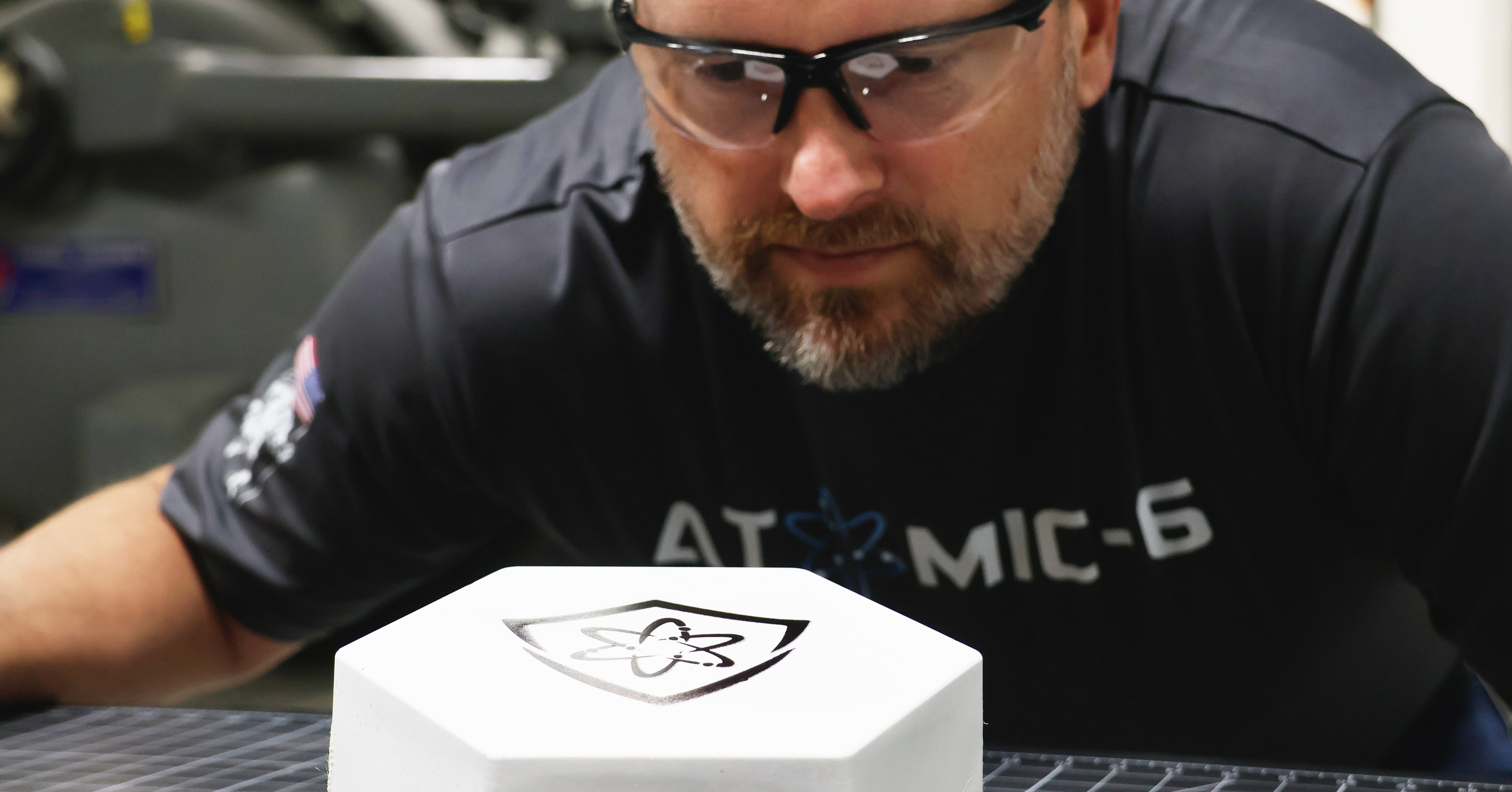
Humanity has a new tool in the fight against space junk — “Space Armor™,” a multi-functional composite that could protect both spacecraft and astronauts.
Space Armor is made via a proprietary fiber-to-resin manufacturing method courtesy of the company Atomic-6, which is based in Marietta, Georgia.
“Satellites and astronauts are constantly threatened by millions of untrackable, hypervelocity particles in orbit,” states Atomic-6, which unveiled the new tech today (Oct. 16). “Like a loose pebble hitting your windshield on the highway, orbital debris can strike at any time to do significant damage to spacecraft.”
But unlike the highway pebble, human-made debris can hit at speeds of 16,000 mph (25,750 kph) or more. If you’re in the way of that ultra-speedy object, it can mess up your day by penetrating fuel tanks, ripping apart batteries and other structures.
Product design
Composites have long been anticipated as a solution for lightweight micrometeoroid and orbital debris (MMOD) shielding protection, said Trevor Smith, CEO of Atomic-6.
“Everyone has known that composite materials can make potentially lighter, stronger MMOD shields,” Smith said. Atomic-6 has made that vision a reality with its Space Armor tile, thanks to a combination of product design and composite skills.
Space Armor™’s fiber-to-resin manufacturing method also provides another benefit: An enclosure using the tiles not only can protect communication gear, it also offers communications transparency. That means the system can safeguard mission-critical radio communications to and from the satellite as well.
Taking the shot
“It has taken around 18 months to take Space Armor™ tiles from an idea to a final product. So we took the shot at making a tile, and were blown away by the test results,” Smith told Space.com. “We offer Space Armor™ in simple hex tiles, but we can technically make Space Armor™ into most any shape you want.”

Over the decades, a “Whipple Shield” came into wide use for mitigating space debris impacts. This structure was introduced by American astronomer Fred Whipple back in the 1940s and is still in use today. In simple terms, a Whipple Shield is a sacrificial bumper on a satellite, usually made of aluminum, that absorbs the initial impact.
However, because Whipple Shields are made of metal, they generate fragments when taking a hit. Fragmentation leftovers become harmful secondary rubble that can go on to strike other satellites or astronauts.
Space Armor™ has undergone extensive hypervelocity testing here on Earth, making use of projectile-firing “guns” used to simulate high-speed run-ins with space debris on a small scale.
Smith said that Atomic-6 will be sending Space Armor™ tiles to orbit with satellite customers next year.
“The orbital environment has surprisingly high amounts of debris already,” he said, “so we would effectively be testing the tiles using ‘natural analogues’ of hypervelocity guns. The orbital debris is already up there.”
Author: Leonard David
Source: Space.com
Reviewed By: Editorial Team



